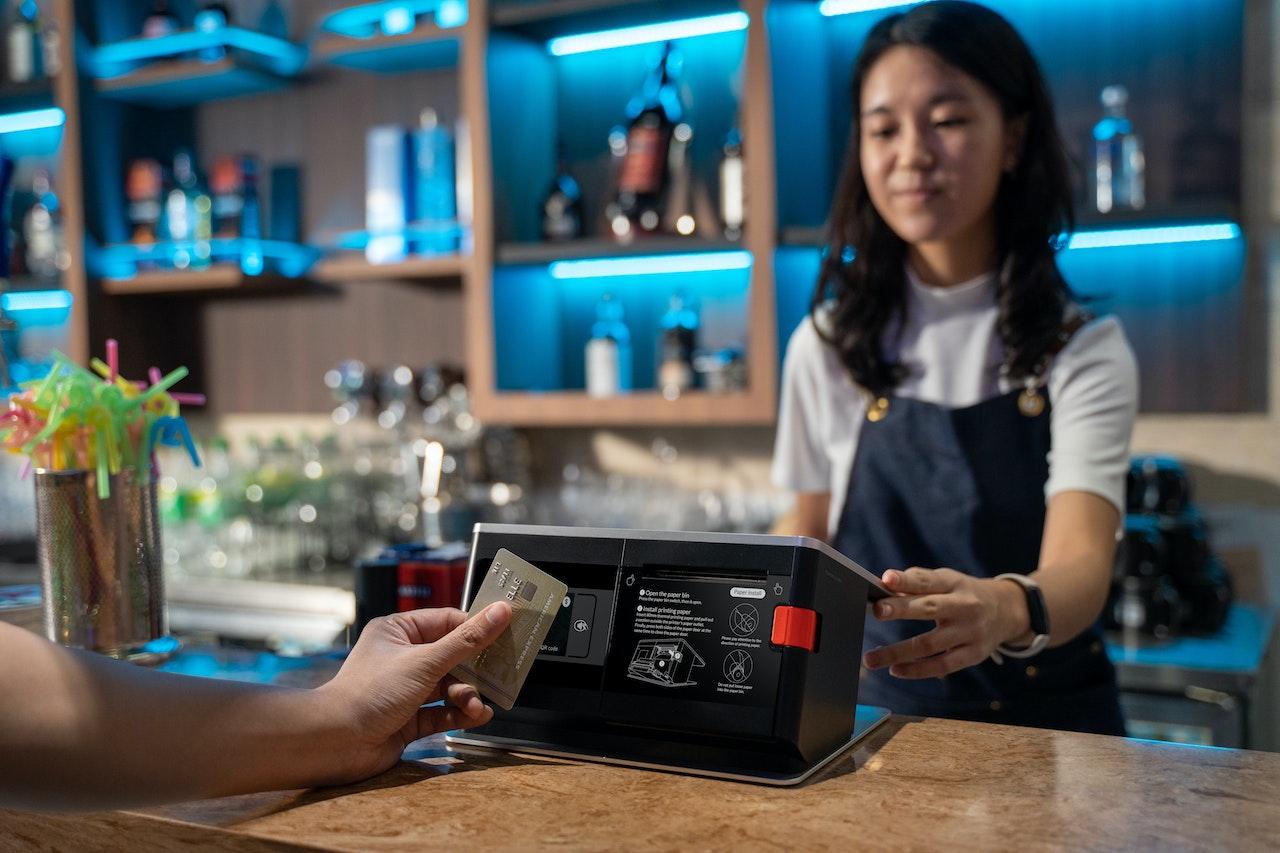Where can I use the EC-Gerät?

EC terminals, also known as EC devices, are widely used in Europe for processing electronic payments, particularly debit card transactions. As such, you can use an EC terminal at any retail store, restaurant, or other business that accepts debit card payments.
In Germany, where the term "EC-Gerät" is commonly used, you can find EC terminals in most stores and other businesses that accept card payments. This includes supermarkets, pharmacies, gas stations, and many other types of businesses.
To use an EC terminal, you will need a debit card that is accepted by the terminal. Most EC terminals in Europe accept debit cards that are part of the Maestro or V-Pay payment networks, although some terminals may also accept other types of debit cards. To make a payment, you simply insert or swipe your card in the terminal and follow the prompts on the screen.
It is worth noting that in some countries outside of Europe, debit card payment networks may differ, and you may need to check which payment networks are accepted at the business where you wish to make a payment.
Overall, if you have a debit card and you're shopping in a store that accepts electronic payments, it is likely that you can use an EC terminal to make your payment. EC terminals have become an essential part of the payment infrastructure in Europe, and their widespread use means that you can use them in many different types of businesses.
EC-Gerät is a German term that translates to "EC device" in English. EC devices are electronic devices used in Europe for processing electronic payments. These devices are widely used in the retail industry and are considered an essential part of the payment infrastructure in Europe.
EC devices are typically used to process debit card payments, which are also known as EC card payments in Germany. Debit cards are a popular payment method in Europe, and they are used by millions of people every day. The use of debit cards is especially prevalent in Germany, where people prefer to use cashless payment methods over cash.
EC devices are small and portable, and they can be easily used at point-of-sale terminals. They are equipped with a magnetic stripe reader, a chip reader, and a keypad. When a customer uses a debit card to make a payment, they swipe or insert their card into the EC device, enter their PIN code, and the device verifies the transaction. Once the transaction is approved, the device prints a receipt for the customer.
EC devices are designed to be secure and reliable. They use encryption and other security features to protect sensitive data, such as the customer's card information and PIN code. In addition, they are certified by regulatory authorities to ensure they meet strict security and performance standards.
In Germany, the use of EC devices is regulated by the German Banking Act (Kreditwesengesetz) and the Payment Services Supervision Act (Zahlungsdiensteaufsichtsgesetz). These laws require EC devices to meet specific security and technical standards, and they also require merchants to follow certain rules when accepting debit card payments.
EC devices have become an essential part of the payment infrastructure in Europe. They are widely used in retail stores, restaurants, and other businesses, and they offer a convenient and secure way for customers to make payments. As cashless payment methods continue to grow in popularity, it is likely that the use of EC devices will continue to increase in the coming years.
- Art
- Causes
- Crafts
- Dance
- Drinks
- Film
- Fitness
- Food
- Spiele
- Gardening
- Health
- Startseite
- Literature
- Music
- Networking
- Andere
- Party
- Religion
- Shopping
- Sports
- Theater
- Wellness
- IT, Cloud, Software and Technology


